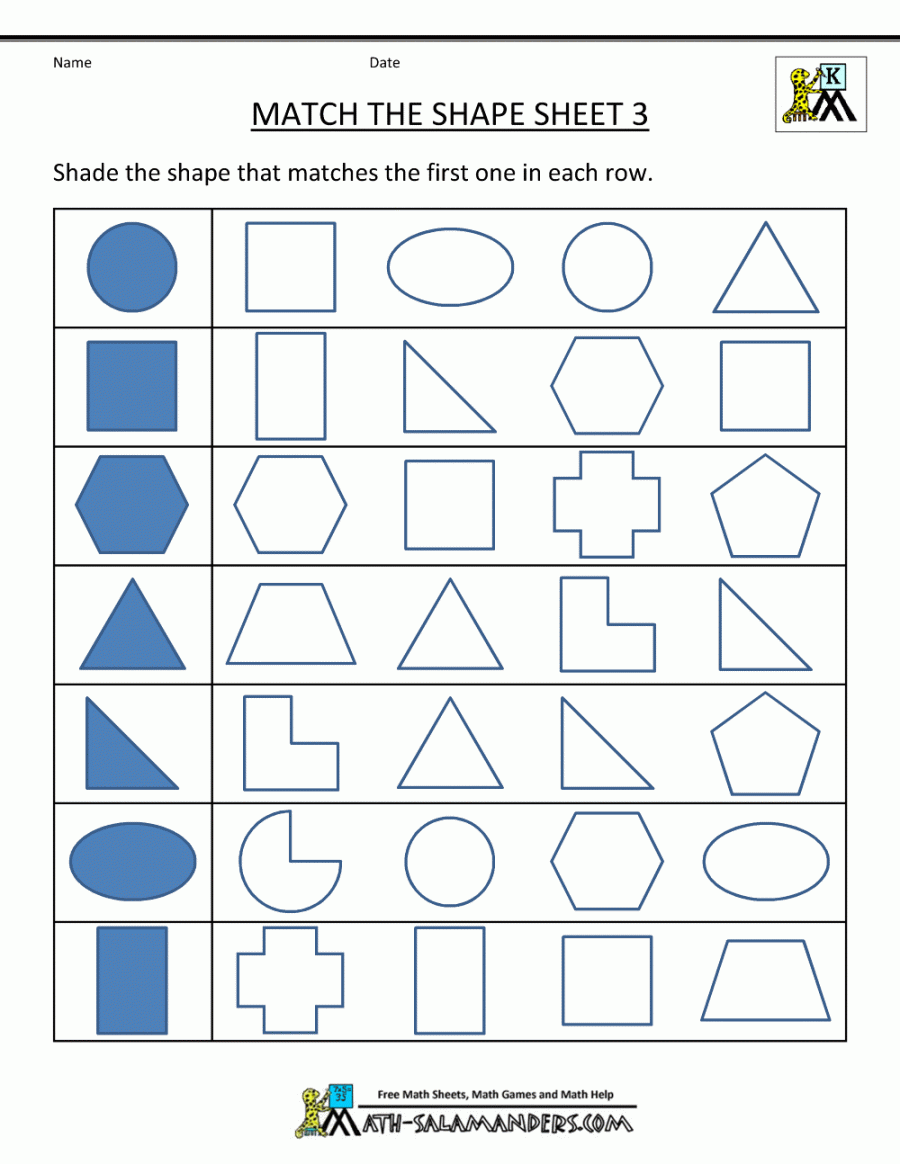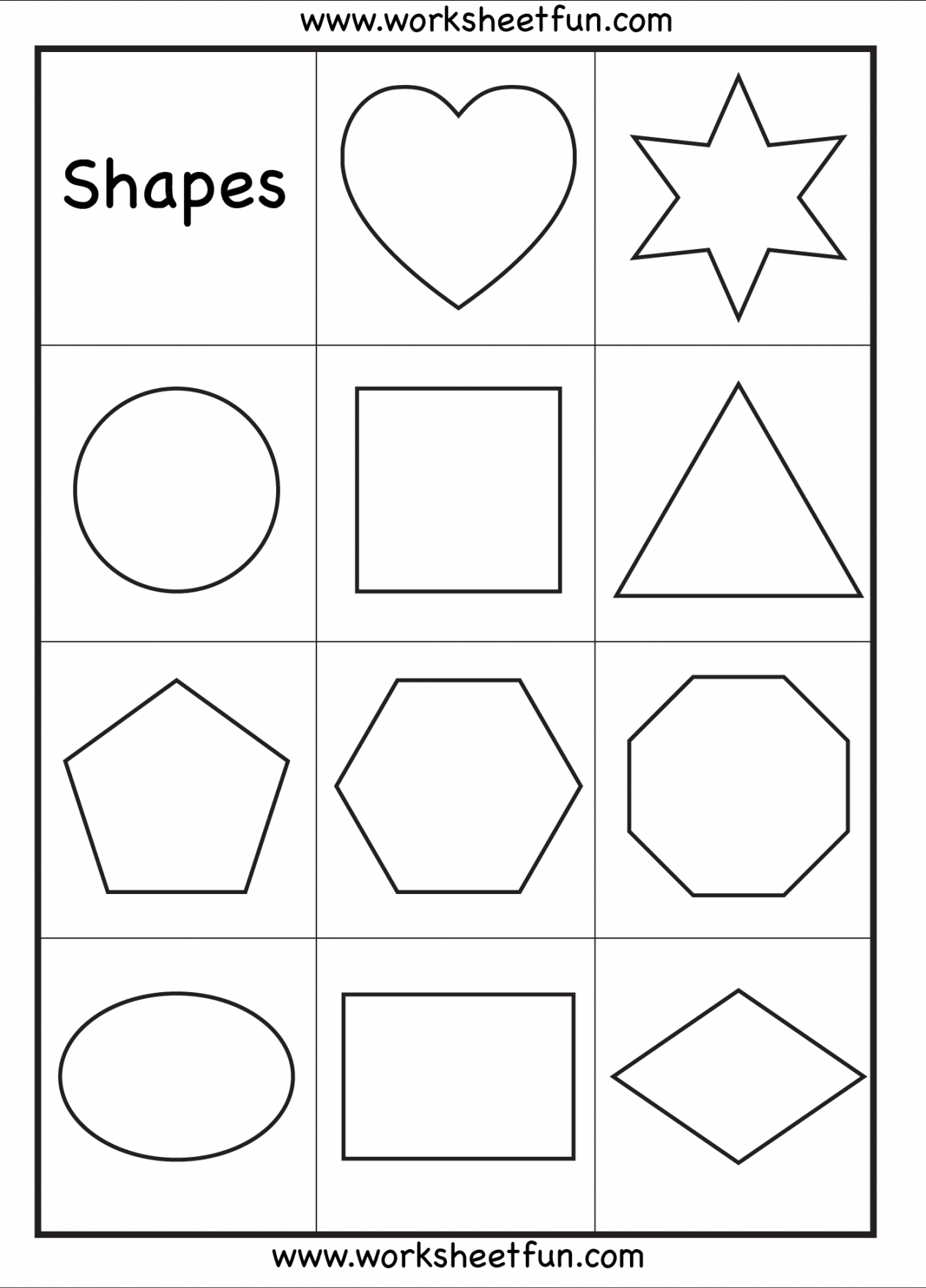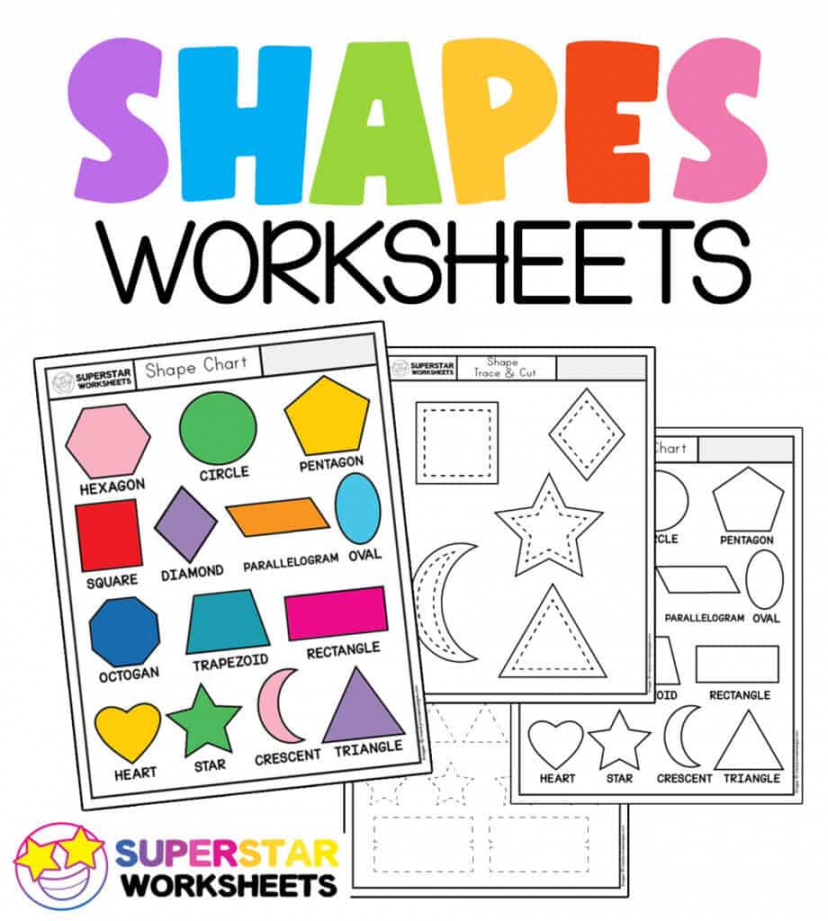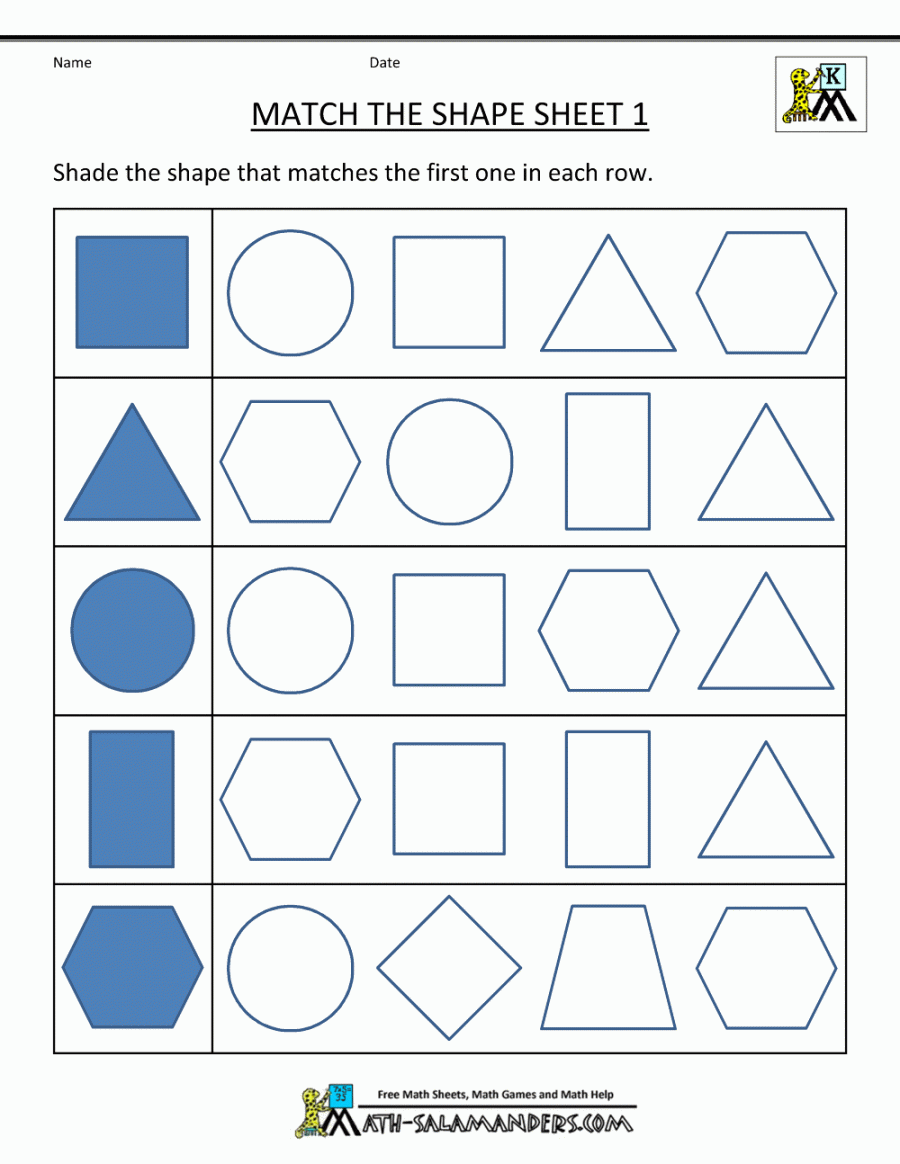Introduction
Shapes are an essential concept that children learn during their early years of education. Recognizing and identifying shapes not only enhances their cognitive and motor skills but also lays the foundation for their understanding of mathematical and spatial concepts. To assist parents and educators in teaching shapes to young learners, free printable shapes worksheets are a valuable resource. These worksheets provide a structured and engaging way for children to learn and practice their shape recognition skills. In this article, we will explore the benefits of using free printable shapes worksheets and how they can aid in a child’s development.
The Benefits of Free Printable Shapes Worksheets
Visual Learning
One of the advantages of using free printable shapes worksheets is that they promote visual learning. As children engage with worksheets that depict various shapes, they are exposed to visual representations of these shapes, allowing them to develop a stronger visual memory. This visual learning helps children recognize shapes in real-world objects, such as identifying a circular plate or a rectangular bookshelf.
Logical Thinking

Another benefit of free printable shapes worksheets is that they encourage logical thinking. By engaging with different shapes and their attributes, children develop problem-solving skills and learn to categorize objects based on their shape. For example, when completing a worksheet that requires sorting shapes into different groups, children practice logical reasoning and critical thinking.
Hand-Eye Coordination
Using free printable shapes worksheets can also enhance a child’s hand-eye coordination. As children trace, draw, or color shapes on the worksheets, they refine their fine motor skills and develop better control over their hand movements. This improvement in hand-eye coordination is vital for various tasks, such as writing, drawing, and using tools effectively.
Vocabulary Expansion

The use of free printable shapes worksheets can contribute to a child’s vocabulary expansion. These worksheets often include labels or instructions that introduce new terms related to shapes, such as triangle, square, and hexagon. By repeatedly encountering these words in the context of shapes, children become familiar with them and can use them in their everyday conversations.
Independent Learning
Free printable shapes worksheets empower children to engage in independent learning. These worksheets can be accessed and completed at any time, allowing children to practice their shape recognition skills at their own pace. By encouraging independent learning, these worksheets foster a sense of autonomy in children, enhancing their self-confidence and motivation to learn.
Using Free Printable Shapes Worksheets Effectively

While free printable shapes worksheets are a valuable resource, it is essential to use them effectively to maximize their benefits. Here are some tips for incorporating these worksheets into a child’s learning routine:
Vary the Activities
Offering a variety of activities within the worksheets can help keep children engaged and interested. Include tasks like coloring, tracing, matching, and sorting to provide a diverse learning experience. This variety ensures that children remain motivated and actively participate in the shape recognition process.
Combine with Real-World Examples

To reinforce the connection between shapes and real-world objects, supplement the worksheets with real-life examples. Point out shapes in the environment, such as squares on buildings or circles on traffic signs. Encourage children to identify and name these shapes, relating them back to the shapes they encounter in the worksheets.
Encourage Creativity
While worksheets provide structure, it is crucial to encourage creativity within the activities. Allow children to explore different colors and patterns when coloring or drawing shapes. This flexibility promotes imaginative thinking and allows children to personalize their learning experience.
Progressive Difficulty
When using free printable shapes worksheets, consider starting with basic shapes and gradually introducing more complex ones. Begin with circles, squares, and triangles before moving on to polygons and irregular shapes. This progressive difficulty ensures that children build a strong foundation in shape recognition and can tackle more challenging tasks confidently.
Make it Interactive
To make the learning experience more interactive and engaging, incorporate hands-on activities alongside the worksheets. Use manipulatives, such as shape puzzles or building blocks, to reinforce shape recognition skills. This hands-on approach allows children to physically interact with shapes, strengthening their understanding and retention.
Conclusion
Free printable shapes worksheets are an invaluable tool for teaching and reinforcing shape recognition skills in children. They promote visual learning, logical thinking, hand-eye coordination, vocabulary expansion, and independent learning. By utilizing these worksheets effectively, parents and educators can create an engaging and effective learning experience for young learners. Incorporate activities, combine with real-world examples, encourage creativity, progressively increase difficulty, and make learning interactive to maximize the benefits of free printable shapes worksheets. With these resources, children can develop a solid understanding of shapes, paving the way for their future mathematical and spatial comprehension.
Free Printable Galore: Grab More Today…
Copyright Notice:
We display images found on the internet, and all copyrights are held by the original owners. If you wish to remove any image due to copyright, please get in touch with us.